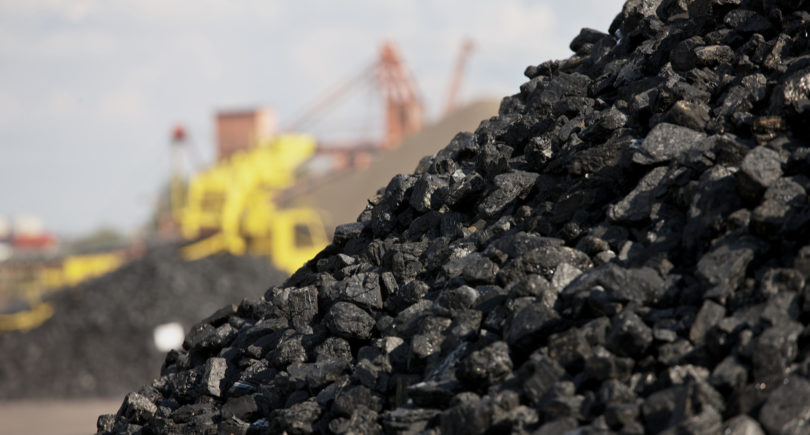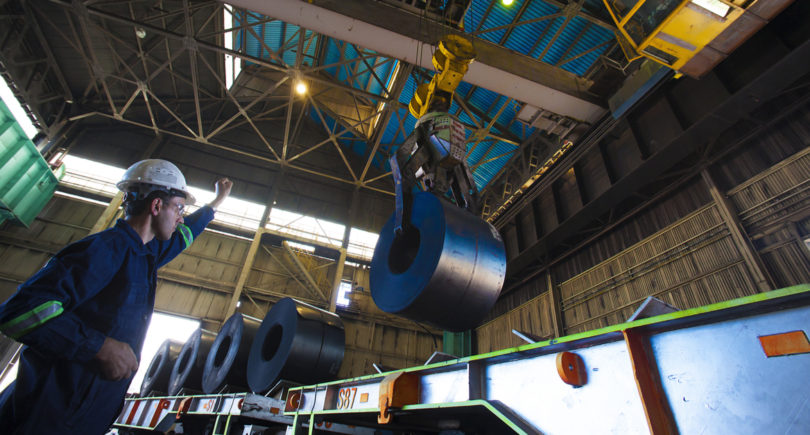
News Global Market China 4466 29 May 2024
Four of the seven largest steel regions recorded a decline in steel production
Four of the seven largest steel provinces in China recorded a decline in steel production in January-April 2024, according to BigMint data.
Hebei province, which is the flagship among the seven leading steel-producing regions, after steady growth in the first two months of this year, reduced its production by 3% y/y – to 74 million tons in January-April. Jiangsu recorded steel production at last year’s level of 42 million tons in the same period.
Shandong, Liaoning and Shanxi provinces reduced steel production by 3%, 10% and 13% respectively in the first four months of 2024, totaling 68 million tons (74 million tons in 2023). Production in Guangxi and Guangdong increased by 15% and 2%, respectively (27 million tons in total).
A number of factors contributed to the decline in steel production in the period under review. In particular, this was due to an increase in inventories at Chinese steel mills. Due to low demand, in mid-March they amounted to almost 20 million tons at key plants, the highest level since the beginning of 2024 and one of the highest in the same period of the last four years. The figure was higher only in 2020, during the pandemic (21.4 million tons).
In addition, demand for steel in the country’s domestic market remained sluggish in the first four months of the year, especially from the largest consumer, the real estate sector.
At the same time, China’s steel exports grew in terms of quantity in the period, but the value of exports fell sharply.
The rationalization of production also led to a reduction in the margins of steel mills, as domestic steel prices declined every month. For example, in Tangshan, basic prices for hot rolled coil (HRC) fell by almost 6% over four months, from 4127 yuan ($570/t) in January to 3889 yuan ($537/t) in April. Rebar benchmarks also fell by 6%, from 3883 yuan/t ($536/t) to 3655 yuan/t ($505/t).
According to BigMint, the steel market recovered somewhat in May, with domestic prices, futures and export offers showing growth. On the other hand, raw material prices are showing an upward trend, and steel warehouse stocks increased by 3% as of mid-May. Nevertheless, China maintains a high rate of economic stimulus. Therefore, steel mills will either keep production levels unchanged or slightly increase them by the end of the month.
As a reminder, in January-April 2024, Chinese steelmakers reduced steel production by 3% y/y – to 343.67 million tons. In April, this figure fell by 2.6% compared to the previous month and by 7.2% compared to April 2023 – to 85.94 million tons.




